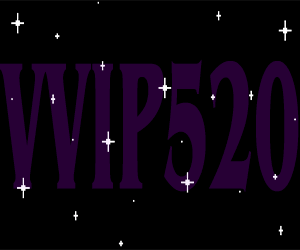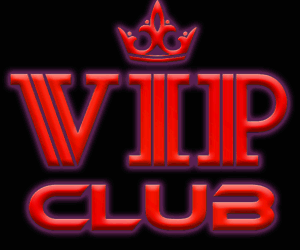A couple things about that video.
First is the 250% Dairy tariffs. I talk about it yesterday in that it is a quota based system and that rate only kicks in once US imports exceed a quota which they haven’t. It’s like a luxury tax in MLB but instead of the Yankees and Dodgers flirting with it we’re talking Oakland, Tampa Bay, Baltimore and Kansas City payroll levels (not even close). So it’s is 250% x $0 = $0 in tariffs today.
Second, I do agree with Canada needing to hit their 2% Commitments.for NATO spend but it is impossible to do this overnight. In 2024 Trudeau said Canada would hit it by 2030 while other estimates say we’ll hit 1.79% by 2030. He’s the problem, Canada does have some larger procurement projects planned. The Top 3 are:
- F35 to replace the CF18. Lockheed Martin has to build those and they are building F35s for the US and other countries too. How fast Canada spends is up to how fast Lockheed can build.
- CSC. New warships to replace the 40 year old Frigates and retired Destroyers. A shipbuilding contract was just announced this week on $8 Billion for the first 3 of 15 to a Canadian shipbuilder Irving Shipbuilding using the British Type 26 Frigate Design that Australia also selected.
- New Submarines. Canada has 4 submarines and are looking to procure up to 12 new ones. These will be diesel and need under ice capabilities. South Korea might be the frontrunner and the bid for proposals out. Submarines follow a Rule of 3. To have 1 submarine out on deployment you need to have 3. The 2nd is being used for training near home and the 3rd is being repaired and upgraded in port.
The point is, it will take years to build these and spend the money. Even if there was faster ways to acquire some capabilities there is a recruitment problem with the Canadian military. Same problems in the US too. US recruitment is down by about 25% because those 17-24 are overweight and cannot pass aptitude tests, criminals or have physical and mental health issues. No point buying more stuff if there is not enough people to even operate and maintain it.
As for Canada having the 4th largest navy post WWII, well that is true from a number of ships perspective. But from a tonnage perspective it is misleading. Canada didn’t have battleships, fleet aircraft carriers or even submarines. Most of their numbers were in small ships because their primary role was convoy escorts. Canada had about 450 ships in WWII. But 112 were corvettes (205 ft long 925 tonnes), 67 minesweepers (225 feet, 990 tonnes), 75 motor launches (112 feet long and 79 tonnes), 9 torpedo boats and other classes like “armed yachts”. The largest ships were 2 light cruisers (555 feet and 8,800 tonnes), 17 Destroyers (329 feet 1,375 tonnes), 68 Frigates (283 feet, 1,370 tonnes).
Total tonnage was about
200,000
For comparison purposes, Canada’s 15 new CSC is 497 feet and 8,000 tonnes, and the 6 Harry DeWolf class arctic patrol ships are 339 feet and 6,600 tonnes. The 2 new replenishment ships will be 570 feet and 20,000 tonnes. There are other ships types in the Canada navy too but I won’t list them all but they include Coastal ships, patrol ships, tugs, etc.. Once built, tonnage would exceed
200,000 tonnes. So, less number of ships today but much bigger and more tonnage. Could Canada do more? Sure a LPD ship would be nice, especially for humanitarian purposes. And tonnage is only one measure, a more current measure of navy power is the number of vls (vertical launch system = number of cells as some cells carry 4 missiles) and the new CSC will have more than the ships they are replacing. The new ships will also carry tomahawk cruise missiles.

 www.theguardian.com
www.theguardian.com




































































































